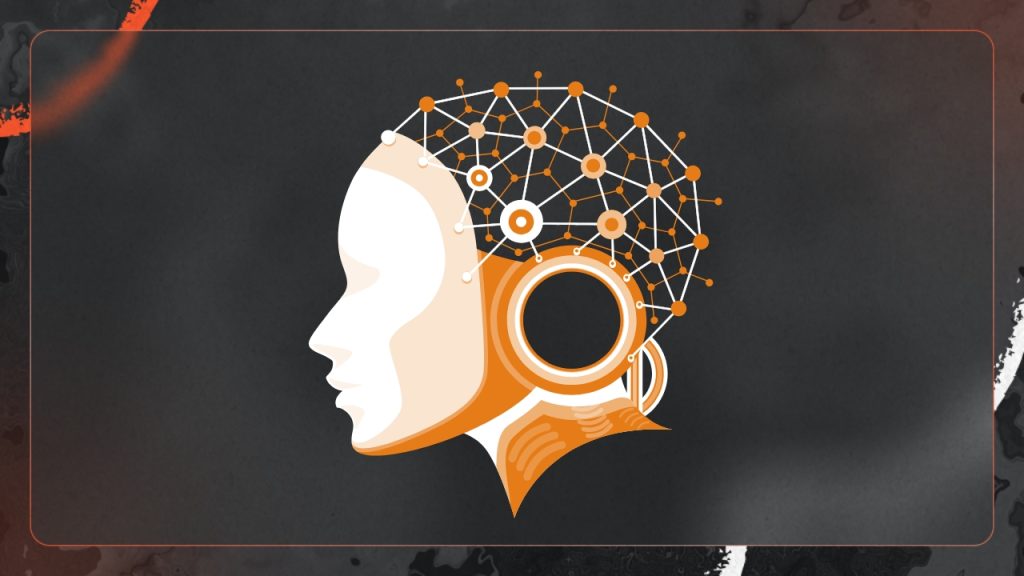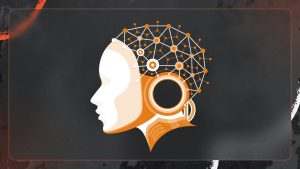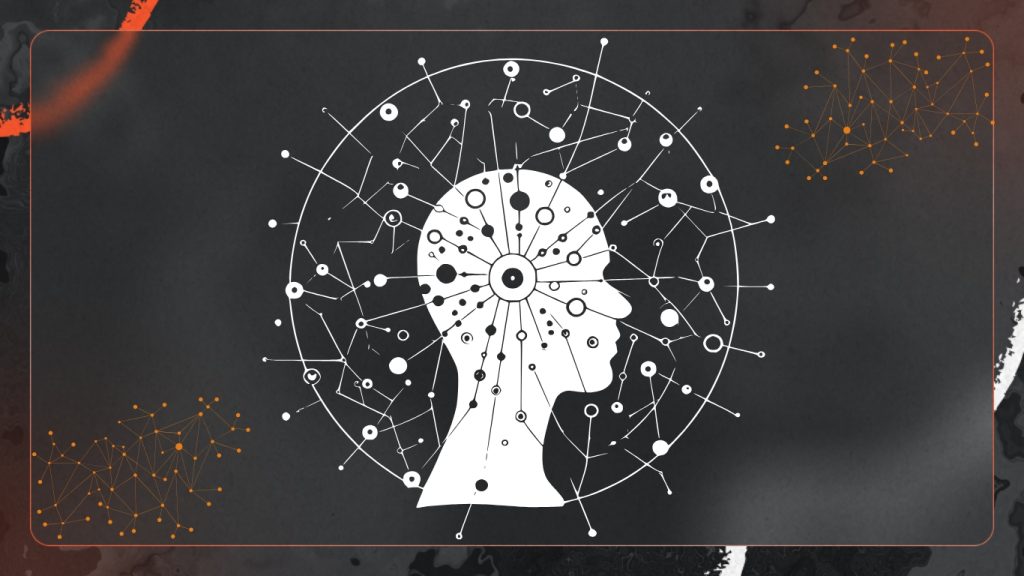
In today’s digital-first world, optimized business intelligence is a necessity. As enterprises deal with growing data piles and complex decision-making, the fusion of AI and Business Intelligence (BI) has emerged as the true game-changer. This blog dives deep into how smart enterprises are using AI-powered BI tools to not only stay competitive but also redefine innovation at every level.
A smart enterprise uses digital technologies to automate operations, drive better decisions, and adapt quickly to market changes. Unlike traditional businesses, smart enterprises focus on being agile, data-driven, and tech-empowered. So, where does AI and BI come into play? AI amplifies BI by analyzing patterns faster than humans ever could. When combined, they turn raw data into real-time insights that inform smarter strategies.
Traditional BI Isn’t Enough Anymore
Old-school BI relied heavily on historical data. You’d pull static reports, analyze past trends, and try to guess future behavior. But in a world where consumer needs shift daily, static analysis falls short.
That’s where AI steps in. AI doesn’t just analyze past data, it predicts what’s coming. It makes BI predictive and prescriptive, not just descriptive. And that shift is vital.
Key Benefits of Merging AI with BI
Let’s break it down further. Here’s how AI-driven BI is shaping smarter businesses:
1. Faster Decision-Making
AI speeds up data processing. Instead of sifting through spreadsheets or dashboards, AI surfaces only what matters. That means faster, more confident decisions whether it’s pricing strategy, customer behavior, or supply chain optimization.
2. Accurate Forecasting
Traditional forecasting methods often miss subtle trends. AI spots hidden patterns in large datasets that human analysts may overlook. With machine learning models, forecasting accuracy improves over time as the system learns from new data.
3. Real-Time Insights
No more waiting for end-of-quarter reports. AI-powered BI tools deliver live insights, allowing teams to act immediately. Think of it as having a digital analyst working around the clock.
4. Intelligent Automation
Routine analysis and reporting? Done automatically. From anomaly detection to auto-generated reports, AI automates the boring stuff, freeing up humans to focus on strategy.
5. Smarter Dashboards
Dynamic, AI-infused dashboards adjust based on user behavior. So whether it’s a sales manager or a finance officer, they get only the data they need—how they need it.
How AI Transforms BI Systems

Still wondering how exactly AI supercharges BI? Let’s explore a few real-world AI capabilities that are enhancing BI platforms:
Natural Language Processing (NLP)
Ever asked a BI tool a question like “Which product sold the most in May?” and got a real answer? That’s NLP at work. It bridges the gap between tech and humans.
Machine Learning (ML)
ML algorithms learn from historical data to predict outcomes. For example, it can anticipate customer churn based on past behavior and usage data.
Computer Vision
In industries like retail or manufacturing, computer vision helps identify trends from images or video. Integrating this with BI gives a visual layer to analysis.
Predictive Analytics
From demand forecasting to risk assessment, predictive analytics allows companies to prepare not just react.
Use Cases Across Industries
The merge of AI and BI is not just theoretical. Here are some real-world examples of how it’s changing industries:
Healthcare
Hospitals use AI-powered BI to monitor patient flow, predict readmissions, and allocate resources efficiently. It improves care and cuts costs at the same time.
Retail
Retailers predict what customers will buy next. By analyzing purchase history, AI suggests personalized promotions that boost sales.
Manufacturing
Manufacturers forecast machine failures before they happen. Predictive maintenance reduces downtime and saves millions.
Finance
Banks detect fraudulent activity in real time using AI. At the same time, they also use BI dashboards to monitor performance and improve lending strategies.
Challenges to Keep in Mind

Despite the potential, merging AI with BI comes with challenges.
1. Data Quality
Garbage in, garbage out. If your data is messy, AI can’t deliver value. Data needs to be clean, structured, and accurate.
2. Talent Gap
Not every company has data scientists on hand. That’s why self-service BI tools with AI integration are gaining popularity, they’re built for everyday users.
3. Privacy Concerns
AI works best with lots of data, often personal. Organizations need strict privacy controls to stay compliant with regulations like GDPR.
Getting Started: A Step-by-Step Plan
Want to transform into a smart enterprise? Here’s a simple roadmap:
Step 1: Define Clear Goals
Start with a problem you want to solve. Is it improving customer retention? Cutting supply chain costs? Define the mission.
Step 2: Assess Your Data
Audit the data you already have. Is it accessible? Is it clean? Invest in data governance to ensure quality.
Step 3: Choose the Right Tools
Go for BI platforms that offer built-in AI capabilities. Tools like Power BI, Tableau with Einstein AI, or Qlik Sense are strong choices.
Step 4: Start Small
Run a pilot project. For example, use AI to predict customer churn in one department before rolling it out company-wide.
Step 5: Train Your Team
Tech alone isn’t enough. Upskill your employees to understand and use AI-powered BI tools confidently.
Conclusion
Enterprises that adopt AI-infused BI today are setting themselves up for a more proactive, resilient, and data-optimized tomorrow. While others are still reacting to yesterday’s reports, smart enterprises are already acting on tomorrow’s insights. We’re living in the era of smart enterprises and the key to that transformation lies in merging AI and Business Intelligence. From faster decision-making to intelligent automation, this fusion changes everything. If your organization is still relying on outdated BI models, now’s the time to rethink. The tools are here. The use cases are proven. And the benefits? Undeniable.
Published: June 26, 2025







